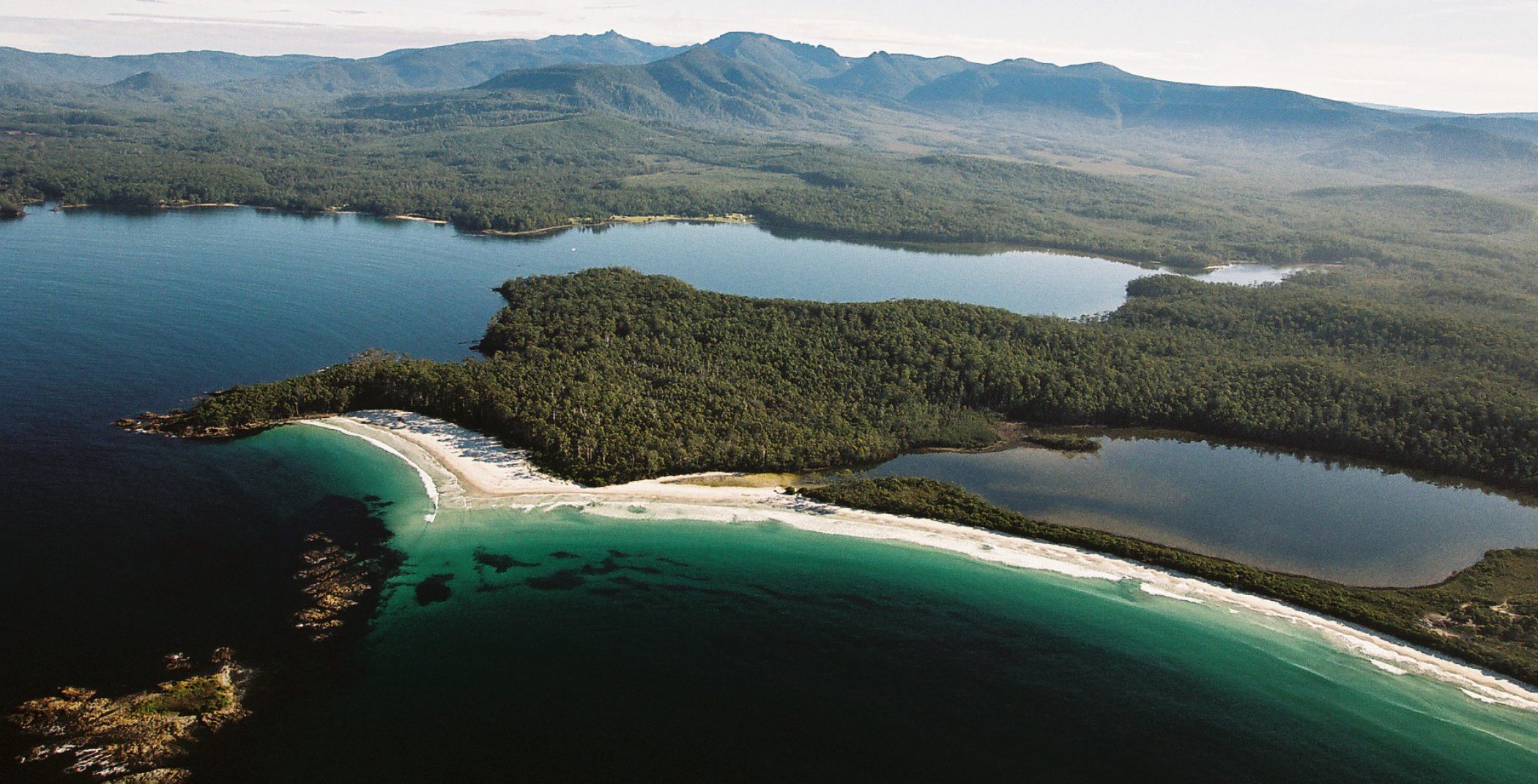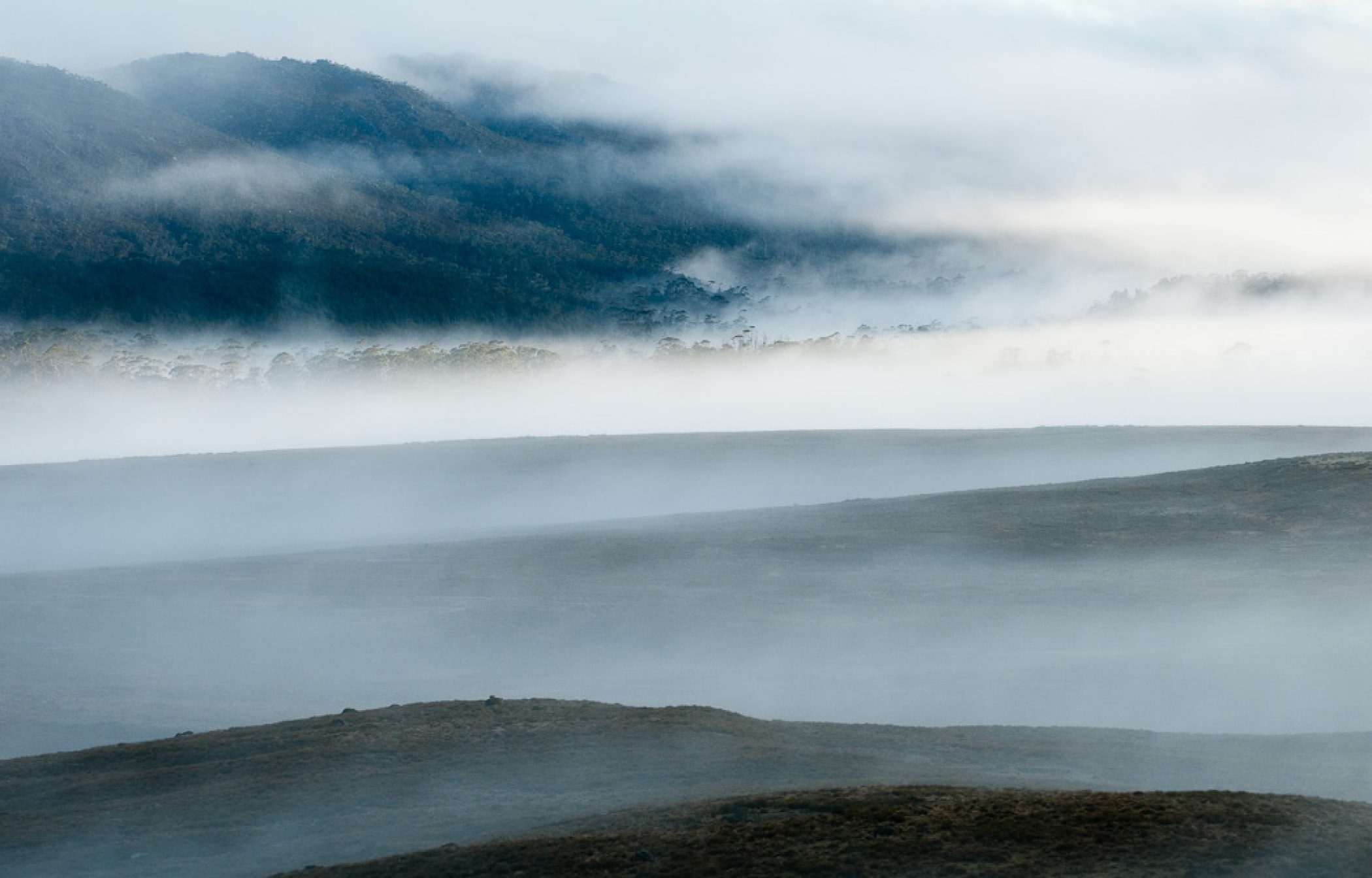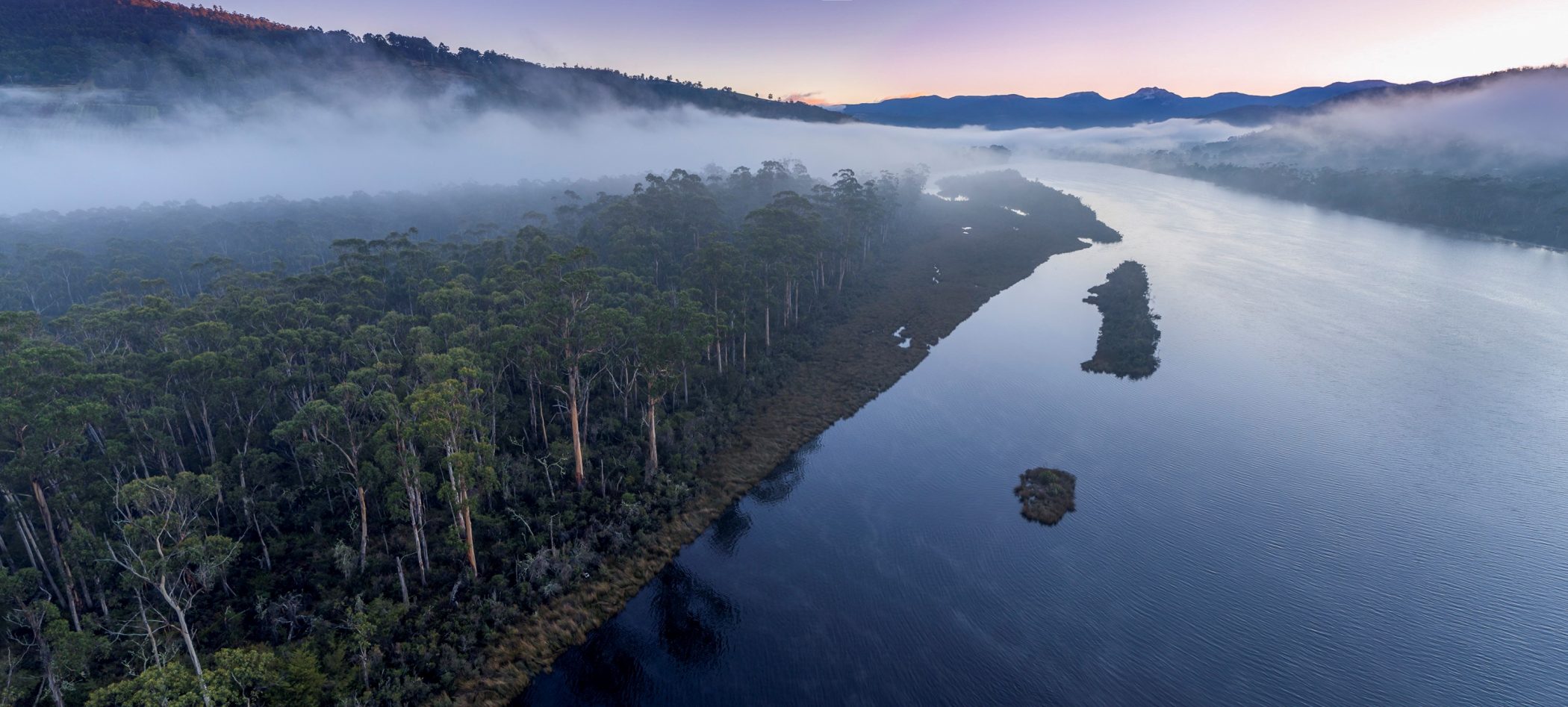The Tasmanian Land Conservancy (TLC) was able to bring this unusual experience to crowds at Hobart’s Festival of Bright Ideas (FoBI) thanks to the capabilities of virtual reality (VR) technology. At the festival we welcomed the public into some of our beautiful permanent reserves through 360 degree VR photo spheres.
‘What is a 360 VR photo sphere?’ we hear you ask.
Well, we are glad you have asked because it is a super exciting development. Photo spheres are basically photographs taken in 3D of all angles emanating from one viewpoint. The image captures everything around the photographer; you can see not just what is in front of you but also behind you, above your head and beneath your feet. It is a full 360 degree photo replica of the whole environment.
When these images are loaded onto a smart phone, the phone can be placed inside a VR headset. To the wearer of the headset it is as though they are standing within the image themselves; able to look around and experience the landscape in clear definition.
FoBI is an annual two day public event featuring demonstrations, workshops, panel discussions and innovations on the cutting edge of science. It is the premier event on the Tasmanian National Science Week calendar and this year the TLC was keen to once again take part.
For the TLC, photo spheres are proving a useful tool for ecological monitoring in our reserves. They also give us the chance to share some of the most stunning and remote parts of these unique landscapes with the wider community. Our photo sphere images were taken by Tasmanian photographer Loic Le Guilly.
As an ecological monitoring tool, the images allow us to capture our reserves in detail. The TLC’s science team and monitoring volunteers are able to compare photo spheres taken in the same place year after year. Once a catalogue of photo sphere images starts to build it is easy to track ecological dynamics in the environment over time.
Photo sphere images can be easily created with a smart phone. This means they can even be referred to out in the field. Our ecologists can head to a site armed with photo spheres taken in that location.
TLC conservation scientist Matt Taylor was on hand on the first day of the festival to talk to students about the scientific application of the photo spheres. Matt says that innovations like photo spheres are likely to become a much more common way of capturing data and presenting information to people in the future.
“We have been using photographic monitoring at the TLC to look at how vegetation structure has changed over time for about five years now, but, in using photo spheres we are able to capture a much richer visual data set. It also changes your experience of evaluating sites when you are using a VR headset.”
“The really powerful thing about capturing data as images, is that even people who are non-experts are able to understand changes in the environment clearly and intuitively,” says Matt.
At FoBI we shared images from our Recherche Bay, Egg Islands and Vale of Belvoir Reserves. Each of these places is a special part of the Tasmanian landscape: the Vale of Belvoir with its old growth rainforest and sub-alpine native grasslands providing habitat for Tasmanian devils and shy ground parrots; Recherche Bay is home to many threatened plants and animals with white sandy beaches stretching along its boundaries; and the Egg Islands, a fascinating network of wetlands and vegetation communities providing nesting and foraging for an impressive array of birds.
We shared these photo spheres with the public through both the VR headsets and through a projection of the images inside a dome with an accompanying soundtrack. It was a stunning experience surveying the wetlands, forests and beaches whilst listening to the distinctive calls of the birds that live in these habitats.
Day one was all about inspiring the next generation of nature lovers and potential conservation scientists. We showcased our photo spheres to school students from around Tasmania. Hundreds of kids packed out the festival space and a dedicated team of TLC staff and volunteers engaged with seven school groups, comprising of over 200 students.
It was wonderful to talk about the TLC and Tasmania’s unique ecosystems with a young and curious audience. Many of the school students were enthralled by what they saw once they put the headsets on, reaching out to try and touch the world around them and asking questions about what they could see.
For some of the students it was the first time they had ever seen a reserve up close. The experience enjoyed by these kids really highlighted how powerful photo spheres can be for communicating the conservation work of the TLC. As David Attenborough said, ‘No-one will protect what they don’t care about; and no-one will care about what they have never experienced.’ VR technology allows people into an environment in a way that simply isn’t possible using standard photographs. It is an immersive experience drawing your gaze to different areas of the environment.
It isn’t always easy or possible to get people out into a reserve to experience the qualities of these places. Some of our reserves are largely inaccessible to every day nature enthusiasts. The Egg Islands, for example, can only be accessed via boat. Photo spheres allow us to bring back snapshots of the Egg Islands and share them with a much wider audience. We can point out features of interest and really show people our conservation work in action.
On the last day the festival opened its doors to the general public and our display was soon attracting a crowd. It was an absolute privilege to share the work of the TLC with so many enthusiastic people. The photo spheres proved to be a big hit and were a powerful way of demonstrating what the TLC is all about.
Staff and volunteers were blown away by how busy the day was, with at least two thousand visitors to our stall. We had so many meaningful conversations with the public and at the end of the weekend the TLC had attracted a string of new sign-ups for our newsletters and volunteering.
Science Week is such a great opportunity to showcase the key roles science and communication play in growing our organisation. Finding new ways to use technology to enhance our scientific monitoring of reserves is a key ingredient to ensuring the future management of these irreplaceable sites.
We are thrilled to sign off on another successful year at FoBI and we extend a very warm welcome to all of our new supporters.
Missed us at the festival? Don’t worry, you can still enjoy the Virtual Reality Nature Explorer; step into some of our incredible reserves and explore nature from every angle by following the links in the sidebar.
Author Isobelle Monk is a UTAS communications and journalism post graduate student who regularly volunteers in the TLC Philanthropy and Community Engagement Team.





